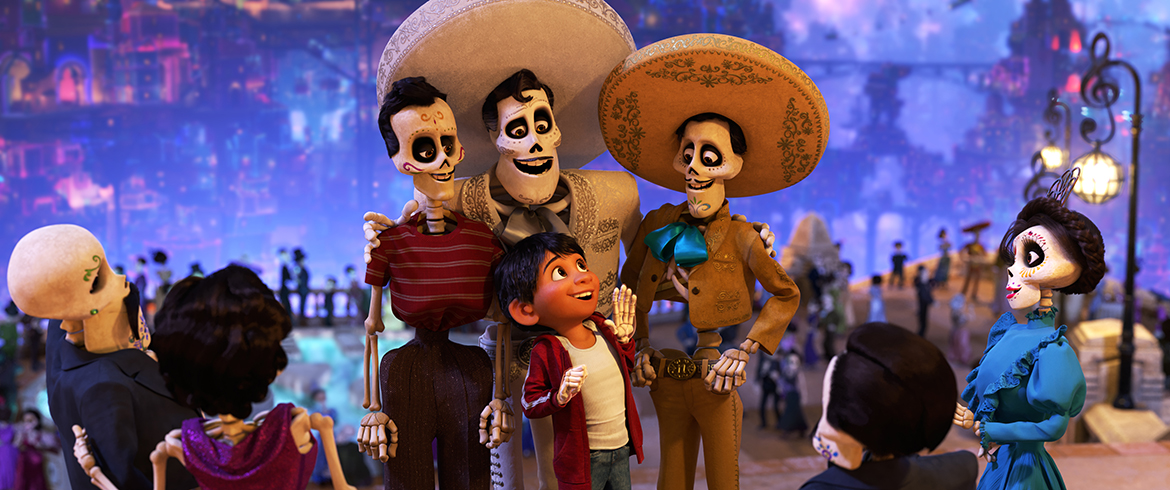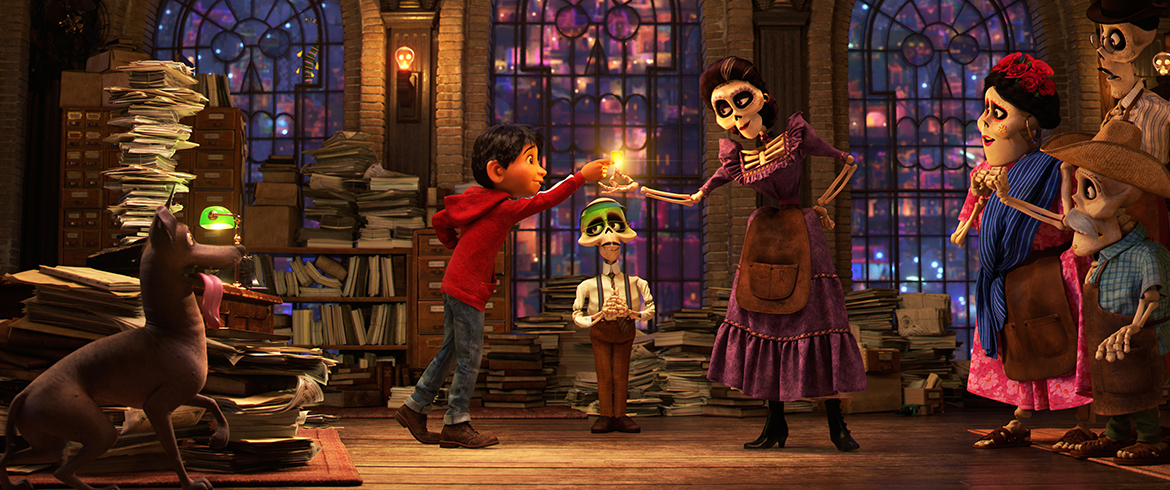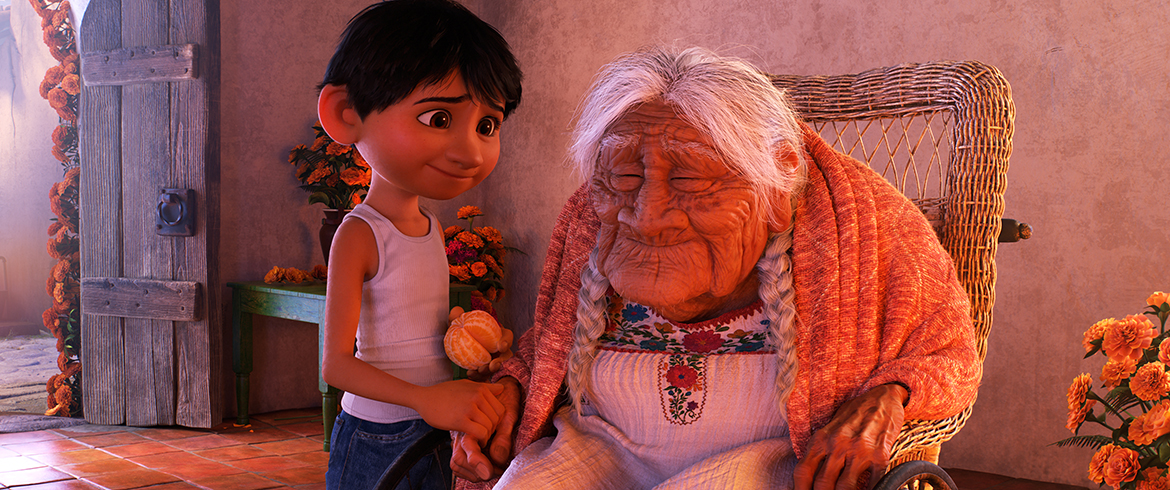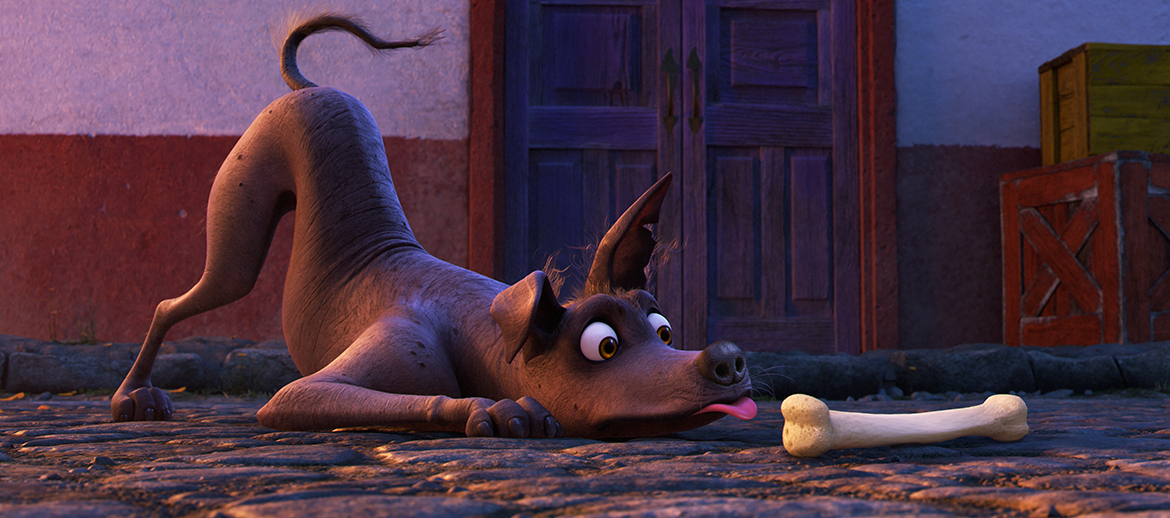TL;DR
Pixar, a company with a legendary history, continues to impress with its latest masterpiece, Coco. This visually stunning film, set in the vibrant Land of the Dead, tells the heartwarming story of Miguel, a young boy who defies his family to pursue his musical dreams. Despite some initial skepticism about its Swedish dubbing, the reviewer was blown away by the film's emotional depth and masterful storytelling, likening it to Inside Out but with even greater artistry. Coco expertly balances humor and heartbreak, featuring memorable characters and a narrative that’s both engaging and profound, even for more mature audiences. Discover why this film is being hailed as a perfect ten!
The production company Pixar began as part of Lucasfilm, but in 1986, Apple’s Steve Jobs acquired it, preventing its closure. In 1995, their first fully 3D-animated feature film, Toy Story, was released, achieving immediate success. Walt Disney Pictures purchased Pixar in 2006; however, despite Disney’s own 3D studio, Pixar’s films continue to be released under the Disney banner. Following numerous successes, including Finding Nemo, Up, Monsters Inc, and Wall-E, some releases such as Cars 2 and 3, and Brave, were met with a less enthusiastic reception. However, Coco, a film in production since 2011, elevates the studio’s work to a new level of artistry.
Miguel, a young boy living in Mexico, is passionate about music and aspires to become a skilled mariachi musician like Mexico’s renowned singer, Ernesto de la Cruz. However, music has been forbidden in Miguel’s family for generations. Driven to participate in a talent show, Miguel finds himself in the land of the dead, where he encounters his deceased relatives and uncovers a long-held family secret…
Director Lee Unkrich, known for his work on films like Finding Nemo, Monsters Inc, and most recently Toy Story 3, also developed the core story for Coco, upon which the script is based. A key strength of the film lies in its masterful narrative structure. Similar to Up, the central conflict is swiftly established, providing the audience with all the necessary information to fully appreciate the unfolding story within the opening minutes.
During the screening, the audience experienced alternating moments of laughter and tears. The emotional impact was comparable to that of Inside Out, although Coco demonstrates a superior level of craftsmanship. It should be noted that some scenes may be intense for younger viewers. While the skeletons inhabiting the land of the dead are aesthetically pleasing and not overtly frightening, the latter part of the film contains more mature themes.
The viewing experience was suboptimal, as the film was screened in 3D and dubbed into Swedish, formats I generally avoid. While the Swedish dubbing is exceptionally well-executed, the nuances of the original language are inevitably lost in translation. Despite my initial reservations upon seeing the Swedish pre-text, I was immediately captivated by the film. Its impeccable execution transcended the limitations of the dubbing, a rare occurrence. An even higher rating would be warranted if possible.
Are there any shortcomings? Despite the overwhelmingly positive assessment, I find it challenging to identify any significant flaws. The screenplay, co-written by director Adrian Molina and Matthew Aldrich, is expertly structured and avoids common pitfalls. The mechanism for returning to the land of the living is straightforward, yet the characters’ reluctance to take the easy route is logical and well-justified. The characters’ motivations remain consistent and understandable throughout the narrative.
In the Swedish version, Miguel is voiced by Adrian Macéus, who previously played Billy Elliot in the Stadsteatern (City Theatre). His performance effectively carries the film, demonstrating a considerable range of emotional expression. Jonas Malmsjö portrays Hector, a deceased individual unable to cross into the land of the living due to the absence of his photograph. His character is multifaceted, and initial impressions of him as a simpleton are misleading. Jonas imbues him with both pain and warmth, delivering an impressive performance. Finally, Anders Öjebo deserves recognition for his portrayal of the celebrated Ernesto de la Cruz. (Further observations after viewing Coco in English and 2D are included at the end, below the trailer.)
In conclusion, I highly recommend this film. It is rare to award a perfect score. While some argue that every film inherently possesses flaws, preventing a rating above nine, and that emotional resonance elevates a film to a ten, Coco transcends this limitation. The film merits a perfect score of ten and its emotional impact pushes it even further.
Addition 3 February 2018.
In a packed theater, I revisited Coco, this time in English and 2D. I wondered if the experience would be different, diminished, enhanced, better, or worse. Ultimately, the language proved inconsequential. Witnessing the film in a crowded theater with children of various ages, all captivated and silent throughout the screening, was a remarkable experience. This film remains a masterpiece.





